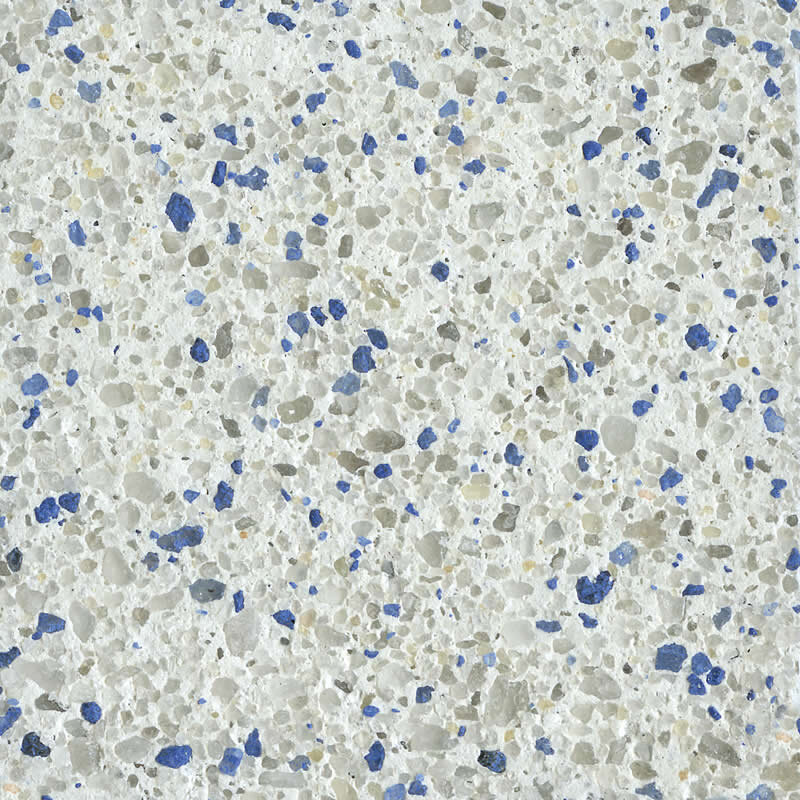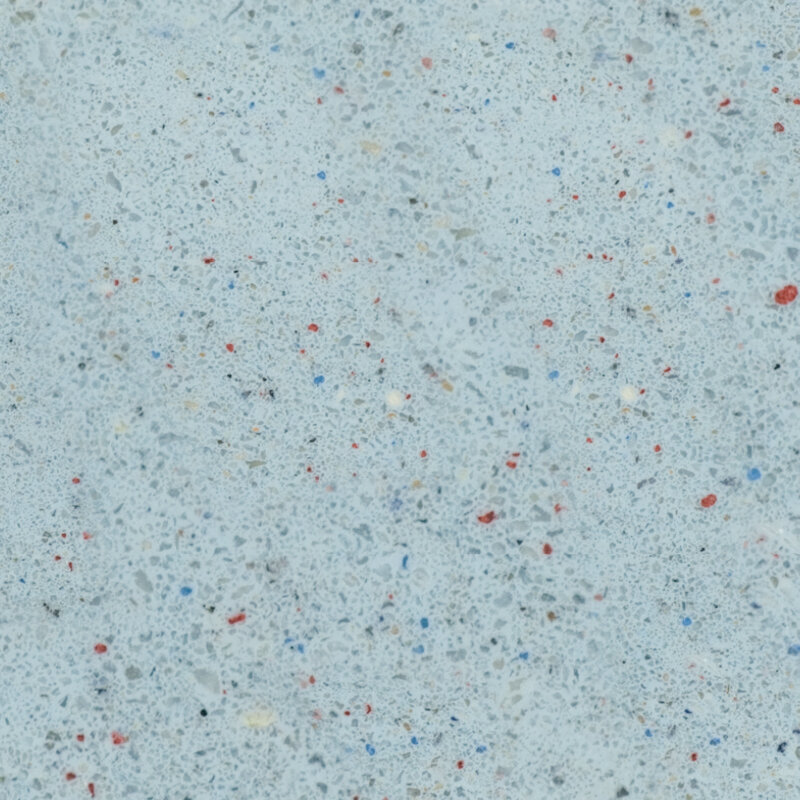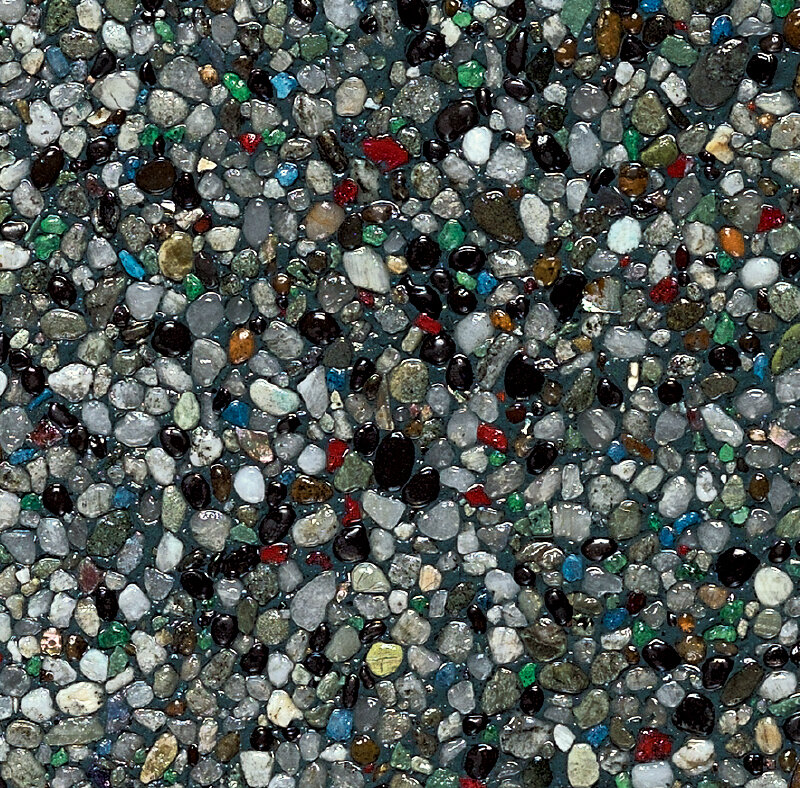CONCRETE SWIMMING POOLS PART TWO: INTERIOR FINISH OPTIONS
Interior Finishes
The interior finish of a pool can transcend its design to a whole new level of style and beauty. There are many types of pool finishes for concrete pools to choose from, including plaster, quartz, and aggregate finishes. Each option comes in an array of materials, colors, and textures - from traditional white plaster to a variegated blend of river pebbles or glass beads. The interior finish you choose will have a significant impact on your pool’s final design aesthetic. Here we will explore the different pool finish options to find out which options will best suit your needs and design aspirations.
Plaster
Plaster is the oldest and most common interior pool surface finish and is considered by the pool industry to be the standard interior finish. It is a simple mixture of water, Portland cement, and either marble dust, crushed limestone, or silica sand. Traditional white plaster (or marcite) gives pools a smooth, classic appearance.
It is the least expensive interior pool finish, but it’s important to point out that it is also the least durable and has a typical lifespan of 5-7 years.
At this point, signs of etching and chipping appear becoming rough to the touch, which creates ‘swimmers toe’ a condition where the feet are scraped and cut, becoming raw and irritated. It’s important to be fully aware that plaster is a relatively “soft” finish compared to other options making it much more susceptible to the fluctuations of your pool’s water chemistry.
Quartz
Quartz finishes are similar to Plaster finishes with one main exception; quartz is used in place of the Marble or Limestone. Quartz being substantially more durable than either of the other two soft stones gives this finish more durability, better wear resistance, and being a reflective material the potential for more sparkle. Like with plaster, quartz is considered a creamier finish and as such initially, has the potential to be a smooth finish. With quartz, there are many more colors to choose from to personalize the look of your pool. It is important to note with any creamy finish, expect a certain amount of color variation across the look of your pool. The deeper the color, the more color variation to expect throughout the pool. Also, these finishes are hand placed and can show some of the tooling required in the placement. As with plaster, over time, the cement will deteriorate, leaving a more textured finish.
Unlike plaster, the time frame with quartz before this deterioration is noticeable can be 15+ years. Proper care and water chemistry is the key to a long, smooth interior lifespan.
Pebble & Glass or Exposed Aggregate
Pebble & glass pool surfaces begin with a layer of specially formulated cement which contain small pebbles, stones, or Glass. These finishes are considered an exposed aggregate because once the application is complete (and while the surface is still wet), the finish is power washed with a mixture of water and muriatic acid to remove the top layer of concrete and expose the colored pebbles within. Pebble finishes tend to create more natural beauty and complement natural surroundings while the addition of glass beads or quartz will catch the sparkle of the sunlight and give the pool surface a three-dimensional effect.
Pebble pool finishes have a typical lifespan of 20+ years.
The Color of Water
There only two primary colors for your swimming pool water, blue and green. Multiple factors determine the shade of blue or green. The number one factor is the background dye in the finish.
For blue water, look for a finish that is white, blue, black, or gray.
For green water, choose a finish that is green, brown, or tan.
Other factors that will affect the color of your pool’s water are:
colors in the environment surrounding your pool (home exterior color, fencing, lawn furniture, and landscaping)
Sun exposure (backyard direction, tall trees, and screened enclosure)
Depth and shape of the pool (the deeper the pool, the darker the water)
Water movement (water features and wind)
Hopefully, you have a better understanding of the interior finish options available for concrete pools.
Have questions?








